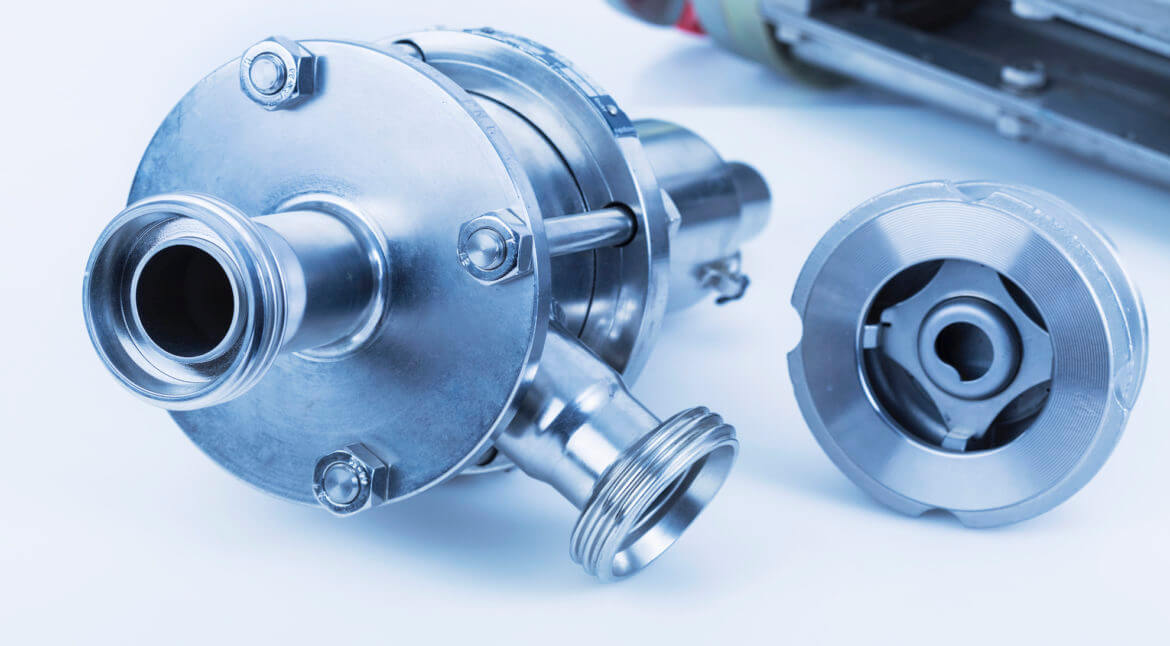|
For newbies and those who aren’t aware of what a backflow is, it’s when fresh water supply is contaminated. This happens when your system’s water pressure drops and the flow of water reverses. When that happens, dirty water (fecal matter, toilet tanks, gutters, garbage and sewage particles) can be cross connected into your fresh, clean water. Then all these would get into your drinking water. Not a pretty picture, right? Pressure Vacuum BreakerThis is ordinarily the most popular assembly because it is economical and is fairly simple in design. The assembly is composed of an underlying inlet shutoff valve, a valve with a backflow preventer, check valve, an outlet shutoff valve and two test cocks. Pressure vacuum breakers are also easy to install, maintain, and repair. Reduced Pressure ZoneBeing most commonly used in households, RPZ is a cost-effective assembly which is rather more complicated than a PVB. They are comparatively simple in design and can be installed, maintained, or repaired easily. Most homeowners use them with their underground sprinkler system which waters the garden and lawn. One of the inconveniences of an RPZ is it occasionally dumps some water. So, when having one installed, make sure to ask our licensed Boston plumbers a spill-resistant model if you are having it set up indoors. Hose Bib Vacuum BreakersMost homeowners have a hose bib set up on their properties so they can use the garden hose to water their gardens, or use it for other essential tasks such as cleaning the car and any other chore that needs the use of water. Our local plumbing specialists in Boston can install a newer model in your house with a built-in vacuum breaker that can hamper backflows. Although if you have an old type of faucet, it needs to be covered by a hose bib vacuum breaker that can be attached to the hose bib and screwed to the vacuum breaker. Our certified technicians can help you install a hose bib vacuum breaker inside your home and help prevent backflow in case there is a loss of water pressure. Air GapsMostly built into a sink, air gaps are the most common way of protection against a backflow. They also offer the best defense in case a backsiphonage happens. Air gap is a simple physical barrier between the water source and the vessel through which water is flowing. Air gaps are usually built in most houses and can be found in places such as the bathroom, kitchen, showers, bathtubs, washing machines, and dishwashers. These appliances are installed with an air gap to secure the supply of water. There are various types of backflow preventers assembly that it can be daunting to know which one fits your needs. Our certified plumbers can recommend the appropriate assembly that suits your preference and needs. What To DoSchedule a yearly inspection for backflow prevention with our local Boston plumbers in order to check for any contamination. |


